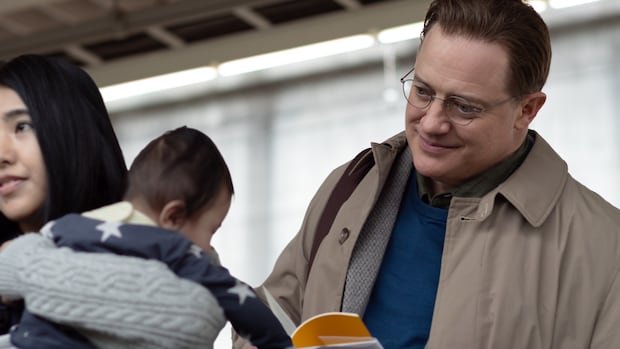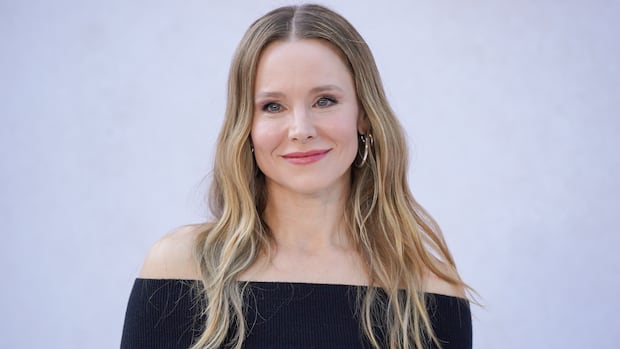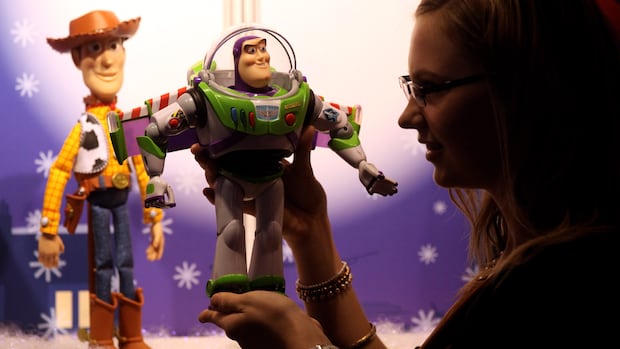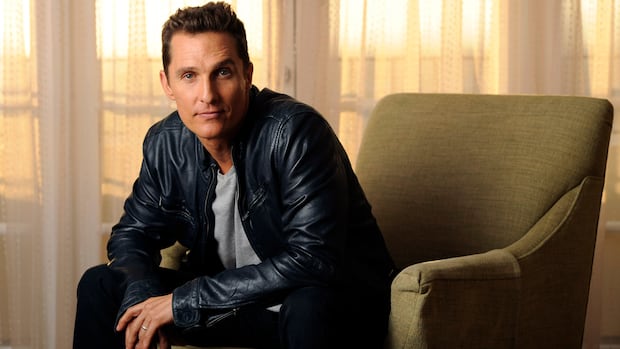It may seem hard to believe, but it’s already been three decades since Andy first wrote his name on the bottom of Woody’s boot in the movie Toy Story. And that anniversary is nothing to scoff at; the animation powerhouse behind it, Pixar, is celebrating its birthday in style — with brand collabs, live concerts, new merch and even unearthed Steve Jobs interviews proclaiming people will still be enjoying the movie in 60 years.
But it's doing so in the shadow of a rather large elephant in the room. Despite strong performance for a few tentpole sequels, much of the magic Pixar once commanded seems to have dissipated. And while its original films, from Elemental to Elio, struggle in the box office, films from countries and studios less well-heeled in the world of animation have somewhat usurped its throne.
“All of these studios — the American ones especially — for so long were chasing what Pixar could do,” said entertainment reporter Petrana Radulovic. “And now they've decided that, maybe, they don't have to.”
According to Daniel Gies, co-founder of Montreal animation studio E.D. Films, the areas Pixar now struggles in are particularly difficult given how it began. Originally a computer division of Lucasfilm, Pixar burst onto the scene in 1995 with Toy Story, the tale of lost toys running back to their beloved owner.
And while the story itself tugged at the heartstrings, the achievements ran far deeper. Prior to its release, computer animation was seen as more of a novelty: 3D rendering so complex and unwieldy it could only possibly be used for image generation instead of video.
 When it was released in 1995, Toy Story's innovative techniques completely changed the world of animation. (Disney)
When it was released in 1995, Toy Story's innovative techniques completely changed the world of animation. (Disney)After releasing a number of short films — like the Oscar-winning Tin Toy — showcasing the technology it was at the forefront of, Pixar stunned the animation world with Toy Story, the first full length 3D computer animated film.
More than just a moderate milestone for animation, Time magazine noted, it was “possibly the most significant since the introduction of colour.”
“The stories were really strong and really relatable at the time, but they were also performing a magic trick that no one had ever seen before,” Gies added.
That turned what was essentially a software company into an animation behemoth overnight. And it led to a string of hits that equally rested on a supposed timeless storytelling quality and insistence on innovating what was possible in the world of animation.
Animation innovationEach new movie was inextricably and excitingly connected to a new technique other animators could follow, according Alla Gadassik, an associate professor of media history and theory at Emily Carr University.
“Brave is a beautiful film about a young woman in her relationship with her mother. But for the animation industry, when they look at that film, they see incredible rendering of 3D hair and textiles,” she said. “Finding Dory is really a film about ‘How do you animate water?’ And Monsters, Inc. was a film about ‘How do you animate hair and fur and different textures?’”
“That's really been a gift — not necessarily a gift because they profit from the software, but that's been something Pixar has given all the other animation studios.”
But after a virtually unending slew of successes, came its inevitable first dud. Right on the heels of one of Pixar's biggest successes, Inside Out, 2015 saw the release of The Good Dinosaur.
A visually stunning but narratively dull flick, Gies says it showed what happens when an animation studio gets so big it can’t risk being as creative or innovative as it once was.
 A stunning success in 2015, Pixar's Inside Out came just before its first real failure: The Good Dinosaur. (Alberto E. Rodriguez/Getty Images)
A stunning success in 2015, Pixar's Inside Out came just before its first real failure: The Good Dinosaur. (Alberto E. Rodriguez/Getty Images)“When you can't take a risk and you can't tell a really personal story, then you're watering down your content,” he said, noting a more risk averse, less creativity-forward storytelling style in that film. “And the audience is already so saturated that they're just not going to respond to any visual trick anymore.”
That is also when the studio really started to give up on its early hatred of sequels and dive into franchises. Four of its next five films were sequels, while even now, three of the five films in development are, too.
And just as Pixar started to stumble due to failings inside the company, the bottom was falling out of the movie business. Shifting viewing habits and shrunken theatrical windows before movies hit streaming, along with the pandemic, all did a number on the film industry.
Even while Pixar’s Inside Out 2 was one of the tentpoles supporting the box office last year, its original outings continue to struggle; its big original release this year, Elio, saw the studio’s worst-ever opening weekend.
Getting back on topAs for Pixar getting back to where it once was, it’s less a mountain to climb, and more a cliff face.
The genie’s out of the bottle when it comes to 3D animation coming exclusively from behemoth studios; the success of films like Flow — made on open source software Blender by a comparatively tiny team — are indicative of a diversifying animation field.
It no longer takes hundreds of millions of dollars and hundreds of people to make 3D animated films, Gadassik said, which means there’s more competition.
That’s part of the reason why international productions like Ne Zha II and Demon Slayer have been able to break through into the mainstream. And as movies like KPop Demon Hunters increasingly move to streaming — less of a gamble than theatrically released movies — the studios that make those films are more able to take big risks.
And that’s only emphasized Pixar’s relative stasis.
“Because they have been the standard of what American animation looks like and what a lot of studios wanted to strive for, they haven't really been forced to innovate in that regard,” Radulovic said of Pixar. “And now they're kind of facing this dilemma where every other studio is trying new things.”
And that’s not Pixar’s strategy. Even as it continues to take on artist-driven stories, Gadassik said, the studio has a tendency to then over-workshop them due to anxiety over upsetting wide audiences.
“Pixar is a very kind of crew-based production model…. They've pioneered management, creative management theory with their brain trust,” she said — a situation that reportedly removed the original queer storyline of Elio.
 Pixar's Elio, despite strong critical reviews, led to the studio's worst-ever opening week box office results. (Disney/Pixar)
Pixar's Elio, despite strong critical reviews, led to the studio's worst-ever opening week box office results. (Disney/Pixar)“There's a limit to what their production model can do with a really personal artist-driven film,” Gadassik said.
That difficult way forward is even shown by a kind of fractured brand identity in Pixar’s newest films. While the studio originally defined itself as a 3D animation innovator specializing in non-human characters, that’s now largely changed.
From 2020’s Soul to 2021’s Luca, 2022’s Turning Red and this year’s Elio, Pixar has largely entered its human era. While its animation style used to be a sign of quality, that human-first design had some pointing to its "bean mouth" style — the rounded, bean-shaped mouths and bodies associated with Pixar and purportedly rife in modern animation — as the reason its movies have flopped.
And instead of leaning into the technologies that first made Pixar famous, its next film, Gatto, is marketed as a return to 2D, hand-drawn animation styles. Given that it’s a style Pixar itself never produced, Gadassik said it could be indicative of an attempt to rebrand as an artisanal studio like Laika, separating and differentiating itself from larger studios.
However, he says he's unsure of the benefits of championing the difficulties of hand-drawn animations to a generation of children who may now assume creating it is as easy as pushing a button.
And with that door closed off, Pixar’s route back to the supremacy it once enjoyed seems decidedly unlikely.
“I don't think you can get Pixar back to what it was,” he said. “I don't think that's possible.”











